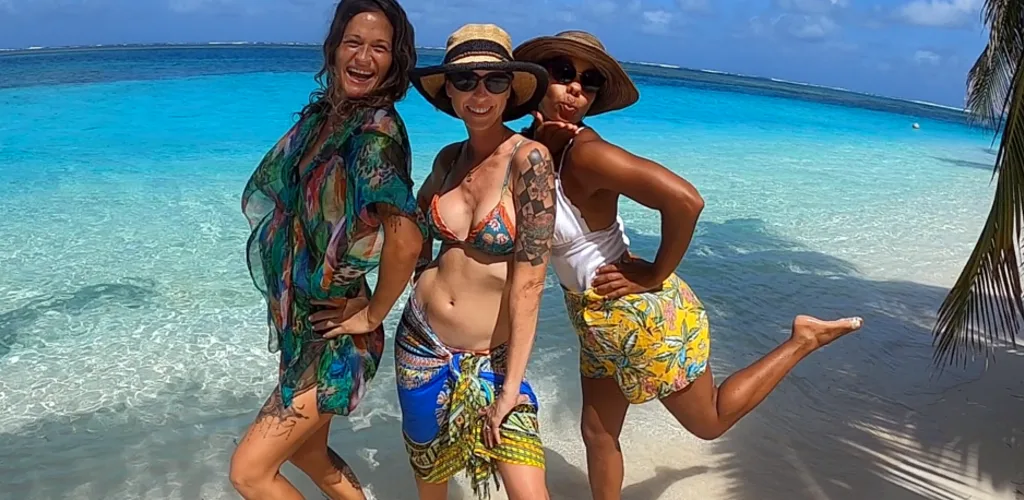More than a month on, the 28 June coup in which Honduran President Manuel Zelaya was forcibly removed by the Honduran military has morphed into an internal power struggle being carefully brokered by international mediators. The situation in Honduras remains precarious for a slew of reasons that have been widely reported and analyzed from all ends of the political spectrum: that it is a breach of hard-fought freedoms, that it was illegal, that it is a threat to an emergent democracy, evoking images of Central America during the tumultuous 1980s, that it facilitates drug traffickers who use Honduras as a major transportation hub for illegal drugs, and that it weakens already fragile state institutions. Yet a critical point has mostly been ignored: That the situation in Honduras was not completely unique.
What happened in Honduras could have conceivably happened in a number of Central American nations. Many of the elements that contributed to the political strife that manifested itself as a coup in Honduras – corruption, political instability, a president in search of more power, a powerful, angry opposition, a sharp decrease in remittances, unemployment, and security risks, to name just a few, exist in other Central American nations today.
Guatemala
Last May, a prominent Guatemalan lawyer named Rodrigo Rosenberg made headlines posthumously when a video was released in which he blamed his impending death on the government of President Álvaro Colom. In the video, Rosenberg called out Colom as being responsible for his death because of his investigation into corruption and links with organized crime within the state-owned Rural Development Bank. The immediate aftershocks of the video were strong and shook the foundations of Colom’s presidency. In the days following the leaking of the video, 40,000 protestors took to the streets of Guatemala City, split between those demanding his resignation and those defending his record. His grip on power waned as the wave of violence spurred by organized crime and drug traffickers continued: In 2008, Guatemala registered 6,292 deaths in 2008, making it the most violent year in the nation’s history. 2009 is set to be another record breaking year: during 1 January- 31 March 2009, there was a 20% increase in the average daily homicide rate, from 15 to 18 per day, from the same time period in 2008. Along with Hondurans, only 16% percent of Guatemalans have faith in their police force, according to a 2007 poll by the Consorcio Iberoamericano de Investigación de Mercados y Asesoramiento. The violence, corruption, and public’s lack of faith put pressure on any President, even a popular one, and Colom registered a 45% approval rating in an April poll. In spite of this respectable percentage, many Guatemalans have grown frustrated by the violence and instability that have risen under Colom’s watch.
Nicaragua
The impetus for the coup in Honduras was the “cuarta urna”, an extra ballot box that would have allowed Hondurans to vote to change the constitution to allow incumbent President Manuel Zelaya to run for re-election in November. The opposition was outraged by this tactic, successfully adopted by the presidents of Bolivia, Colombia, Ecuador, and Venezuela. Eager to strike against Zelaya, the opposition used its illegality to attack him, forcing his removal. Yet at a rally on 19 July, Nicaraguan President Daniel Ortega, who has had two stints as President of Nicaragua (one from 1985-1990, and one from 2007-present), announced that he wants all Nicaraguans to vote on a referendum that would allow him to run for a third term in office. In Honduras, we saw what happened when an unpopular president tried to alter the status quo. As of April 2009, Ortega’s popularity was at 38%. It remains to be seen whether the opposition is strong and unified enough to effectively challenge Ortega, as was the case in Honduras, or whether he will be able to pull it off, as has repeatedly been the case in Venezuela. But, given what happened so recently to his Honduran homologue, his declaration suggests he has surprisingly little worry about the security of his own position.
El Salvador
In March, El Salvador democratically elected Mauricio Funes, a member of the left-leaning FMLN. The change in power was peaceful, although many in El Salvador’s ruling class, who belong to the ARENA party of the defeated candidate Rodrigo Alvila, swallowed the pill bitterly. Like many other Central American nations, El Salvador has a small ruling elite (known as the 14 families, in reference to the original 14-family oligarchy in the tiny Central American nation) that has been in power for years. Funes, backed by a select few Latin American leaders, such as Hugo Chavez, but still heavily dependent on an alliance with the United States – up until February 2009, El Salvador was one of the few nations who sent their own troops to Iraq in support of Bush’s 2003 plea that went vastly ignored in the rest of the world – will have to tread carefully through the tangled political web of Salvadoran politics. That El Salvador remains one of the most dangerous countries in the world will only further complicate an already precarious situation.
What happened in Honduras is unique to Honduras, and it would be irresponsible to clump the four Central American nations referenced in this article into one group, as each nation has a unique history and political climate. Zelaya was ousted because of a variety of factors, led by his underestimation of the opposition’s ability to unite against him. Yet just as It would be folly to group all of Central America into one group equally vulnerable to similar risks, so too would it be to ignore the similarities between Honduras and their immediate neighbors, and to recognize them as potential warning signs in the future.

Reply